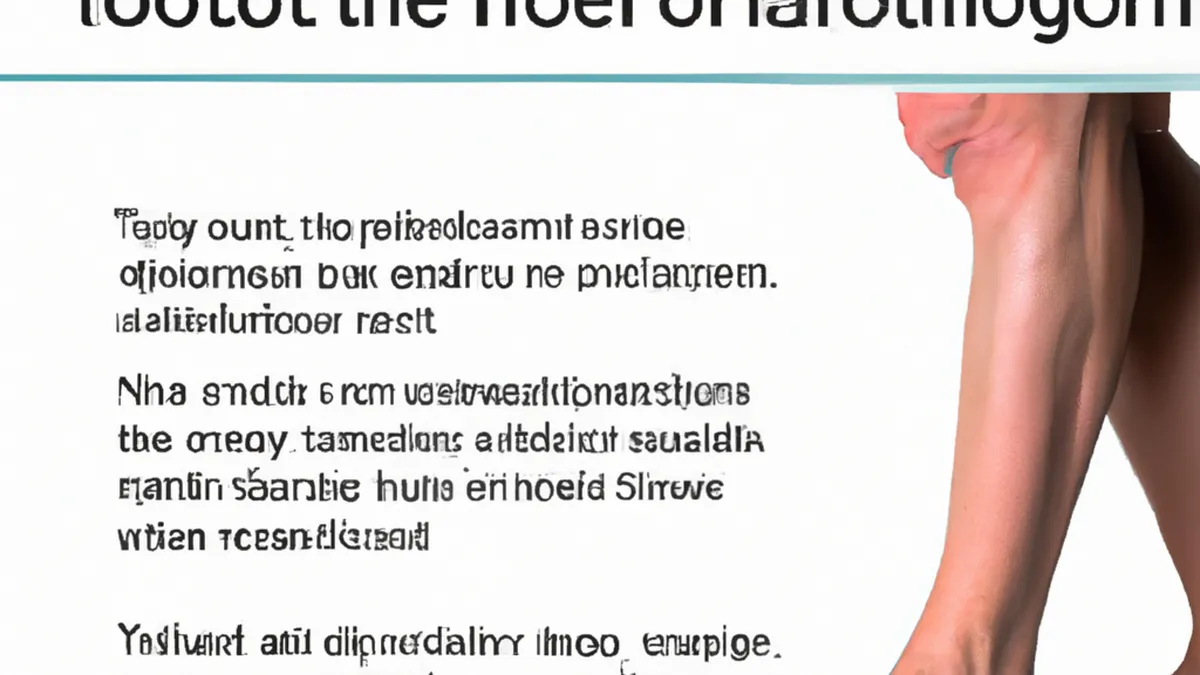Barefoot Walking: A Path to Better Health
The Benefits of Barefoot Walking for Long-Term Foot Health
We often overlook the importance of our feet. Shoes provide comfort and protection but may hinder foot health. Barefoot walking enhances overall well-being and strengthens foot muscles. It also improves balance and posture. This blog post covers the benefits of barefoot walking, tips for transitioning, and advice for maintaining long-term foot health.
Understanding Barefoot Walking
Barefoot walking means walking without shoes, allowing natural foot movement. This practice dates back to ancient times when humans walked on various terrains. Today, many people rediscover the benefits of walking barefoot.
Barefoot walking reconnects us with the ground. This connection develops balance and stability. It helps feet function as designed. Shoes restrict foot movement, preventing natural spreading and flexing. Walking barefoot strengthens arch-supporting muscles, improves circulation, and enhances foot health.
Tips for Transitioning to Barefoot Walking
Ease into barefoot walking gradually. Sudden changes can cause discomfort or injury. Here are practical tips for a safe transition:
1. **Choose the Right Environment**: Start on soft surfaces like grass, sand, or carpet. These surfaces gently introduce your feet. Avoid rocky or hard surfaces initially.
2. **Start Slowly**: Walk barefoot for 10 to 15 minutes at a time. Gradually increase the duration as your feet adapt. Listen to your body; if you feel pain, allow your feet to adjust.
3. **Strengthen Your Feet**: Incorporate foot exercises to build strength and flexibility. Simple exercises like toe curls and arch lifts help target foot structure.
4. **Be Mindful of Your Surroundings**: Pay attention to where you step. This awareness helps avoid sharp objects or uneven surfaces.
5. **Gradually Introduce Varied Terrains**: Explore different terrains as you feel comfortable. Walking on grass, sand, and dirt provides sensory experiences that strengthen your feet.
Advice for Maintaining Foot Health
Barefoot walking significantly contributes to foot health, but other practices are essential.
Conclusion
In summary, barefoot walking offers numerous benefits for long-term foot health. Embrace this natural practice for stronger, healthier feet.
Below are related products based on this post:
FAQ
What are the main benefits of barefoot walking?
Barefoot walking enhances overall well-being by strengthening foot muscles, improving balance and posture, and promoting natural foot movement. It allows feet to function as intended and helps develop better stability while improving circulation and overall foot health.
How can I transition to barefoot walking safely?
To transition safely, start by walking on soft surfaces like grass or carpet. Begin with 10 to 15 minutes of barefoot walking and gradually increase the duration as your feet adapt. Incorporate foot exercises to build strength and be mindful of your surroundings to avoid sharp objects.
Are there any precautions I should take while barefoot walking?
Yes, it’s essential to start slowly and listen to your body. Avoid rocky or hard surfaces initially and pay attention to where you step to prevent injuries. Gradually introduce different terrains as your feet become more accustomed to barefoot walking.















Post Comment